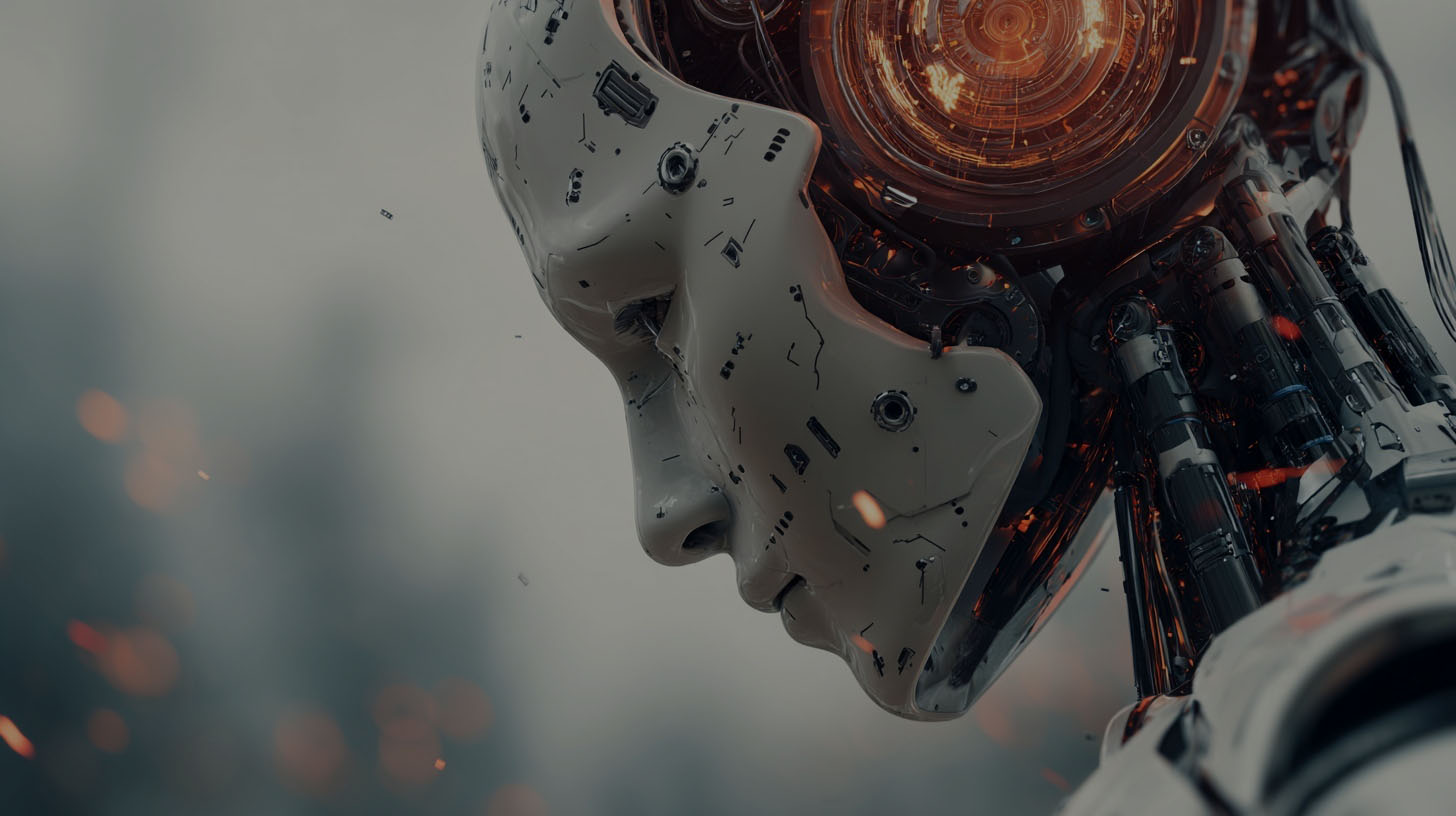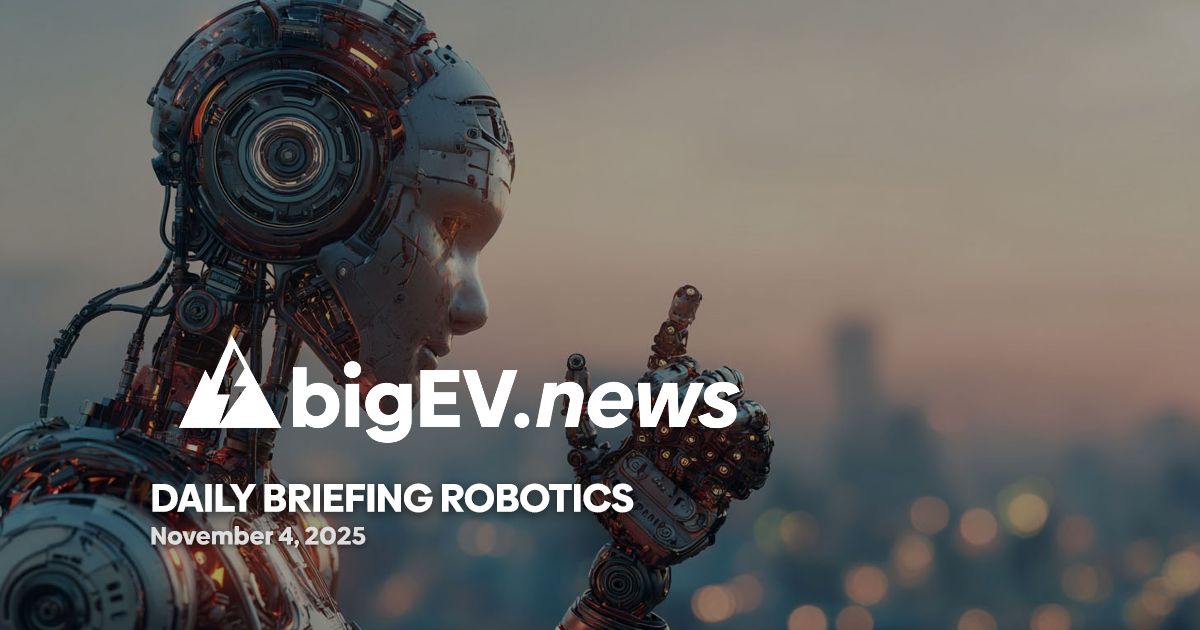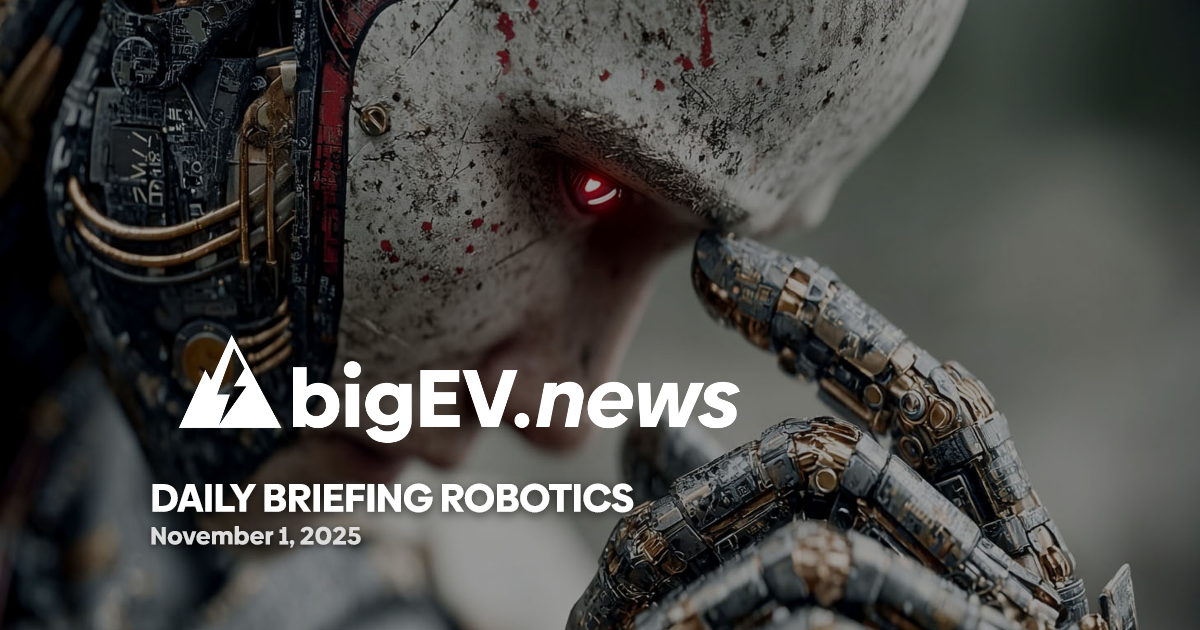AI-powered robotics platforms, collaborative automation, and next-gen sensing are accelerating transformation across manufacturing, logistics, and public sectors worldwide.
At a glance – The past 24 hours have underscored a dramatic acceleration in robotics and AI-powered automation, with global industrial robot installations reaching an all-time high of $16.5 billion. The International Federation of Robotics (IFR) reports that the integration of advanced artificial intelligence is enabling robots to process vast sensor data, adapt to unpredictable environments, and optimize operations in both manufacturing and public spaces. Notably, the rise of “Physical AI”—where robots train in virtual environments and learn by experience rather than explicit programming—is propelling the sector toward a “ChatGPT moment” for robotics. This trend is particularly visible in the automotive and warehousing sectors, where both humanoid and single-purpose robots are being deployed to address high-mix, low-volume production challenges and dynamic logistics requirements.
Technology advance – At Automate 2025 in Detroit, a showcase of cutting-edge AI robotics, Boston-based Realtime Robotics demonstrated its Resolver platform, which leverages cloud-based AI to optimize robot path planning. In a live welding cell with over 20 robots, Resolver reduced cycle times by nearly 25% by recalculating collision-free paths and integrating safety interlocks. Other notable launches included Inbolt’s real-time vision guidance, allowing robots to adapt instantly to moving parts, and Olis Robotics’ mobile diagnostics tool, which synchronizes video with system logs for rapid remote troubleshooting. These advances are making automation more adaptable, scalable, and operator-friendly, signaling a shift from rigid programming to dynamic, AI-driven workflows that can be rapidly deployed across multiple sites.
Partnerships – The global push for hyperautomation is driving new alliances between AI software vendors, robotics manufacturers, and industrial operators. According to Flobotics, 2025 is witnessing a move away from fragmented automation toward unified ecosystems, where AI, robotic process automation (RPA), and machine learning platforms interoperate seamlessly. This integration is enabling companies to break down silos, streamline operations, and unlock new roles such as automation strategists and human-machine collaboration designers. The result is a smarter, more creative workforce that leverages technology as a partner rather than a competitor, with human ingenuity and adaptability amplified by collaborative robots and intelligent automation tools.
Acquisitions/expansions – China has solidified its position as the global leader in industrial robotics, now boasting 470 robots per 10,000 manufacturing workers and surpassing both Germany and Japan. This surge is fueled by aggressive investments in humanoid and general-purpose robotics, with Chinese manufacturers rapidly scaling up production and deployment. Startups in the region are focusing on developing robots capable of both single-purpose and general-purpose tasks, targeting logistics, warehousing, and even public service environments. The expansion is not limited to hardware: cloud-robotics integration and edge AI are enabling real-time data processing and autonomous decision-making at scale, further accelerating adoption and market penetration.
Regulatory/policy – Policymakers and industry bodies are grappling with the ethical, safety, and workforce implications of widespread robotics deployment. The IFR highlights ongoing debates around the economic viability of humanoid robots in industrial settings, particularly compared to established automation solutions. Meanwhile, regulatory frameworks are evolving to address data protection, cyber-physical security, and human-machine collaboration standards. In the US, industry leaders are calling for a blend of Silicon Valley innovation and traditional manufacturing expertise to maintain competitiveness, while Thailand and China are cited as examples of national strategies that prioritize large-scale automation and workforce retraining. These policy shifts are critical to ensuring that robotics adoption enhances productivity without compromising safety or social equity.
Finance/business – The global AI market is projected to reach $638.23 billion in 2025, reflecting a 19.1% increase from 2023, according to Flobotics. This growth is mirrored in the robotics sector, where investment is flowing into both established players and emerging startups. Major funding rounds are supporting the development of generative AI-driven interfaces, intuitive cobots, and advanced simulation platforms that reduce training costs and speed up deployment. Industry commentary emphasizes that the real value lies not just in automation for its own sake, but in creating flexible, resilient supply chains and infrastructure capable of responding to disruption. As robots become more autonomous and capable of natural language interaction, the business case for AI-powered automation is shifting from incremental efficiency gains to transformative, system-wide innovation.
Sources: ifr.org, manufacturing-today.com, flobotics.io, computar.com, ai-supremacy.com, ai-supremacy.com









